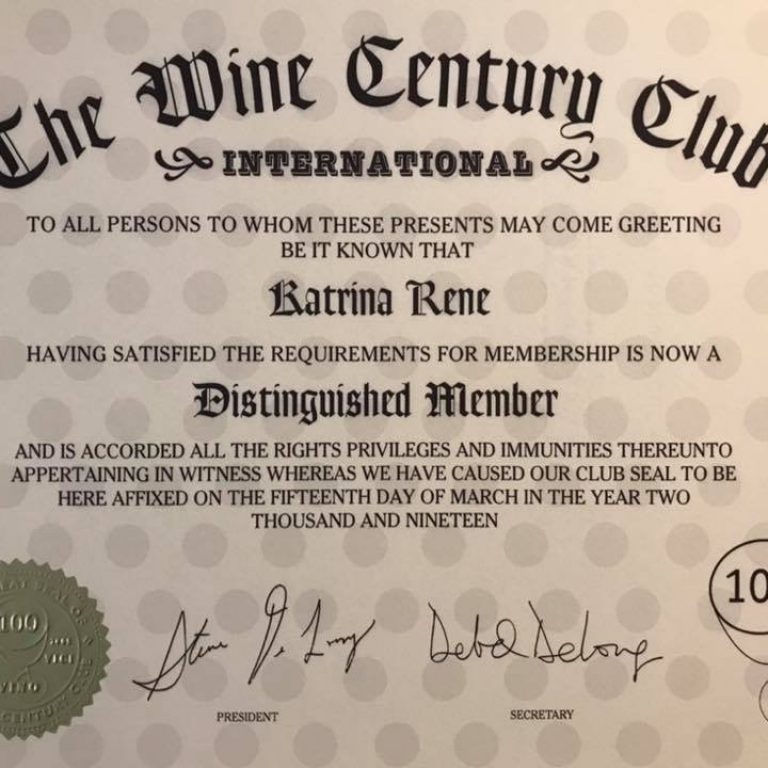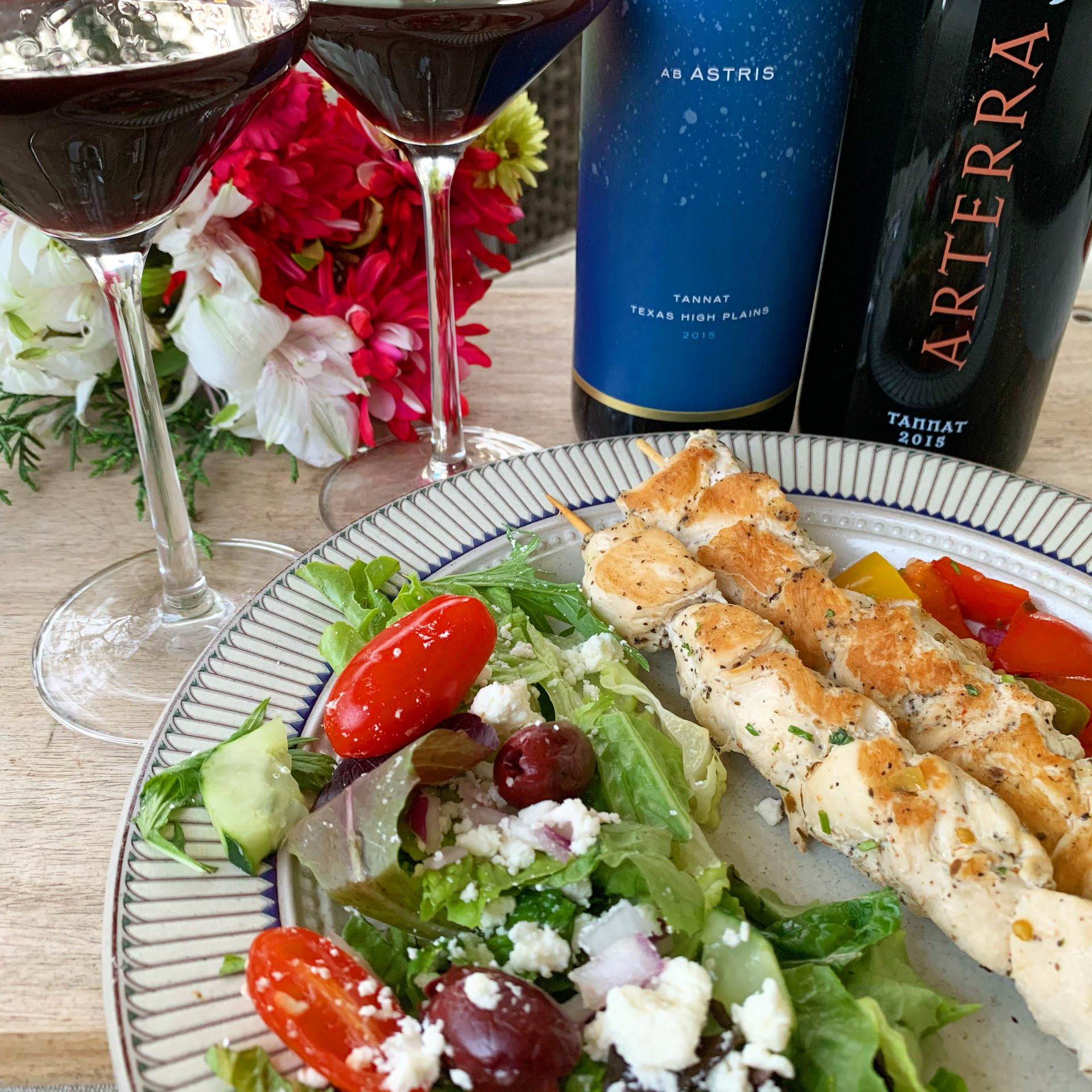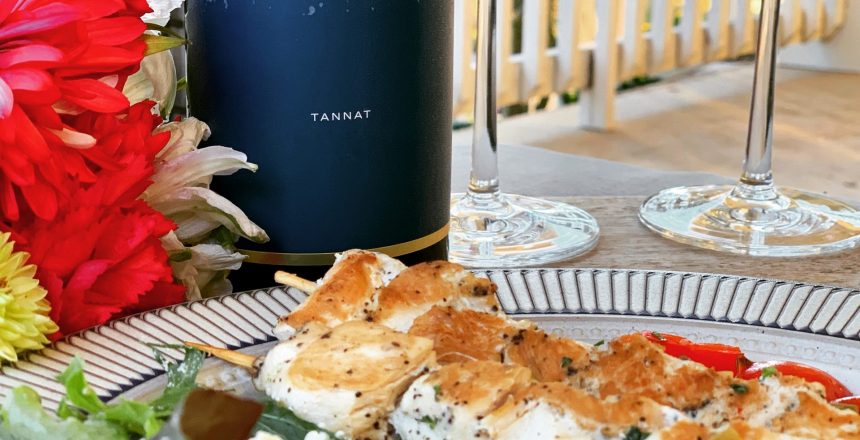So many grapes, so little time. There are over ten thousand grape varieties in the world, with about 1,500 that are commercial, yet a mere thirteen of them encompass ⅓ of the world’s planted vines. So that means all the rest of the thousands of grapes are vying for the remaining ⅔ of the vines.
*Note: This post contains affiliate links. If you click on a link and make a purchase, you will not pay more but I may earn a small commission.
Yes we love and enjoy Cabernet Sauvignon, Merlot, and Chardonnay, but there is so much more to wine.1 As an aside, are you team “capital” or “no capital” when it comes to grape varieties? I know a couple of people that lose their shit when they see grape varieties capitalized. I, as you can see, capitalize. While there is a bit of a split on whether you should capitalIze, there seems to be more of us that are on team “capital.” The New York Times doesn’t capitalize but Jancis Robinson, Robert Parker, Hugh Johnson, Maynard Amerine and Emile Peynaud all do and that’s good enough for me.
Yeah, OK, back to the real purpose of this post. I still remember when I first started studying wine and was absolutely terrified of Italy and all of its indigenous varieties. I mean, how could one place have so many damn grape varieties? But what was once something that drove me crazy about Italy is one of the things that I love most about it now. I’ve always enjoyed discovering new varieties (I even made it into the Wine Century Club for tasting 100 different varieties) and love introducing them to others. I almost always try to introduce something unconventional in the tastings that I host.

Inspired by Jason Wilson’s book “Godforsaken Grapes: A Slightly Tipsy Journey Through the World of Strange, Obscure, and Underappreciated Wine,” the #WinePW crew is kicking off 2020, by exploring ‘godforsaken grapes’. I was quite excited to see this topic because there are so many different wines out there worth exploring. My issue was trying to figure out which to write about. With wine trips to Hungary, Austria, and Croatia to name a few, I had no shortage of obscure wines from which to choose. But I also wanted to choose something that people could actually find if they were so inclined. And so I settled upon Tannat.
I was first exposed to Tannat on a trip to Uruguay many years ago. I think this was one of my earliest travel posts so it may be a little rough around the edges, but you get the point. Years later when I studied wine more formally, I learned more about France’s Madiran region and Tannat’s origins there. But while it originated it France, it is practically synonymous with Uruguay and it the country’s national grape.2 Tannat also shows up in Argentina, Brazil, Peru, Bolivia, South Africa and Italy’s Apulia.

Generally, Tannat is thick-skinned which leads to deeply colored and big, bold, tannic wines. It has some of the highest levels of polyphenols, aka antioxidants (yep, it’s good for you!) of all red wines save for Sagrantino. But it is also a bit of a chameleon. I’ve had Tannat from Uruguay that punched me in the mouth as well as smoother, finessed versions (which is typically more characteristic). I’ve had rustic Madiran with grippy tannins and easy-drinking New World versions that didn’t even require food. Dark red and black fruits, chocolate, coffee, and smoke are some common characteristics. The wines also carry a nice amount of acidity. Traditionally, these were wines that needed years of bottle time to soften up but today, viticulture and winemaking techniques are such that these wines are approachable much earlier. If you enjoy Sagrantino, Petit Sirah, Alicante Bouschet, Mourvèdre, Montepulciano, Nebbiolo, or even Syrah, give Tannat a try.
And while I’ve certainly had my share of Tannat from Uruguay and France, I’ve probably (surprisingly) had even more from the USA. Wine trips to Virginia and Texas have really highlighted how approachable this variety can be.
The Wine
For this month’s #WinePW adventure, I chose one example from Virginia and one from Texas to pair.

2015 Arterra Tannat, Fauquier County, Virginia
I did a wonderful tasting in northern Virginia a few years ago and Arterra was one of my favorite places I visited. Their Tannat was so memorable due to how elegant it was. Ripe, smooth black fruit with mocha and baking spice, this is a great full-bodied wine for winter temps and hearty fare.
2015 Ab Astris Tannat, Texas High Plains
I picked this one up on a recent visit to the Texas Hill Country. Nicely structured with leather, rich blackberry, mocha, and oak. I have had the opportunity to try many Texas Tannats and absolutely love what it does here. The future is definitely bright for Tannat in Texas.
The Food
Because of its higher tannin levels, Tannat begs for protein-rich grilled meats, fatty dishes, and even BBQ. In France, it is often paired with cassoulet and duck confit. In this instance we paired with smoked chicken skewers.

Cause its 70 degrees in January, we had no issue hanging around outside near the smoker. As a testament to the more approachable new world styles of wine, the chicken was hearty enough to pair with the wines. The smokiness from the preparation definitely helped the chicken pair with the wines and not get overpowered. My first inclination was to pair with lamb skewers but we have a bit of red meat fatigue from the holidays, so chicken it was.
So cheers to Tannat! Again, while we all have our favorite Cabernet Sauvignon, Merlot, and Tempranillo, I implore you to step out of the ordinary and try something different. Start with some Tannat.
And be sure to check out what godforsaken grapes my fellow #WinePW bloggers explored.
- A North Macedonian Blend: Vranec and Plavec by My Full Wine Glass
- An Ode to Godforsaken Grapes on Somm's Table
- An Unlikely Match: A Thai Favorite + A Qvevri-Aged Wine from the Republic of Georgia by Culinary Adventures with Camilla
- Cesanese, Schioppettino and More Interesting Wine to Try by Cooking Chat
- Falanghina and Lagrein from California? Of course! by ENOFYLZ Wine Blog
- Godforsaken Grapes: The Book and Thoughts about Wine by Our Good Life
- Godforsaken Grapes: The Book, The Wine, The Pairing by A Day in the Life on the Farm
- Pairing Blaufrankisch from Austria with Dark Soya MarinatedChicken Legs by Chinese Food and Wine Pairings
- Pair Petit Manseng with Asian Food by Asian Test Kitchen
- Pairing the Unpairable: Traditional Turkish Manti and Yogurt with Öküzgözü Rosé by The Quirky Cork
- Saperavi is Super with Khachapuri by Dracaena Wines
- Southwest France: A Pool of Grape Diversity by L'Occasion
- To Try in 2020: Paso Whites– Unexpected Grapes In an Unexpected Region by Wine Predator
- The Forgotten Grapes of Calabria: Gaglioppo of Ceraudo with Salsiccia by Vino Travels
- White Port: A Blend of Grape Varieties Unknown to Many by Grape Experiences
- According to the American Association of wine economics, the 10 most planted varieties of grapes are Cabernet Sauvignon, Merlot, Airen, Tempranillo, Chardonnay, Syrah, Garnacha Tinta, Sauvignon Blanc, Trebbiano/Ungi Blanc, and Pinot Noir.
- French immigrants brought Tannat vines to Uruguay in the late 1800s.






7 Comments
Wendy Klik
•4 years ago
Well, I wouldn’t capitalize grape however when speaking of a varietal it would seem to me that would be a proper noun and thus capitalized. I have tried Tannat before and was very pleased with it. I love the pairing you chose.
Lori
•4 years ago
I am a huge fan of Tannat! I came across it about 5 or 6 years ago and was immediately in love. I am typically able to find a few choices.
Deanna
•4 years ago
What an impressive selection of wine! Tannat is already a bit harder to find but you had one from Virginia and Texas too!
Pinny Tam
•4 years ago
Love Tannat from Uruguay – one of my favorite reds.
Nicole Ruiz Hudson
•4 years ago
I thin Texas Tannat makes so much sense, and definitely curious about the Virginia version too.
Also, team caps for grapes over here, and for much the same logic you used!
Linda Whipple, CSW
•4 years ago
Hi Kat! I’m with you on the caps, but hey, I don’t judge. Tannat is one of my favorite reds. I’ve had Tannat from Uruguay and Texas. Would love to try one from Virginia!
MARTIN D REDMOND
•4 years ago
Ah! A fellow Wine Century Club! A great post. Chicken and Tannat, not a top of mind pairing in my book, but as you point out depends on the the chicken is prepared and sauced. It looks and sounds great!